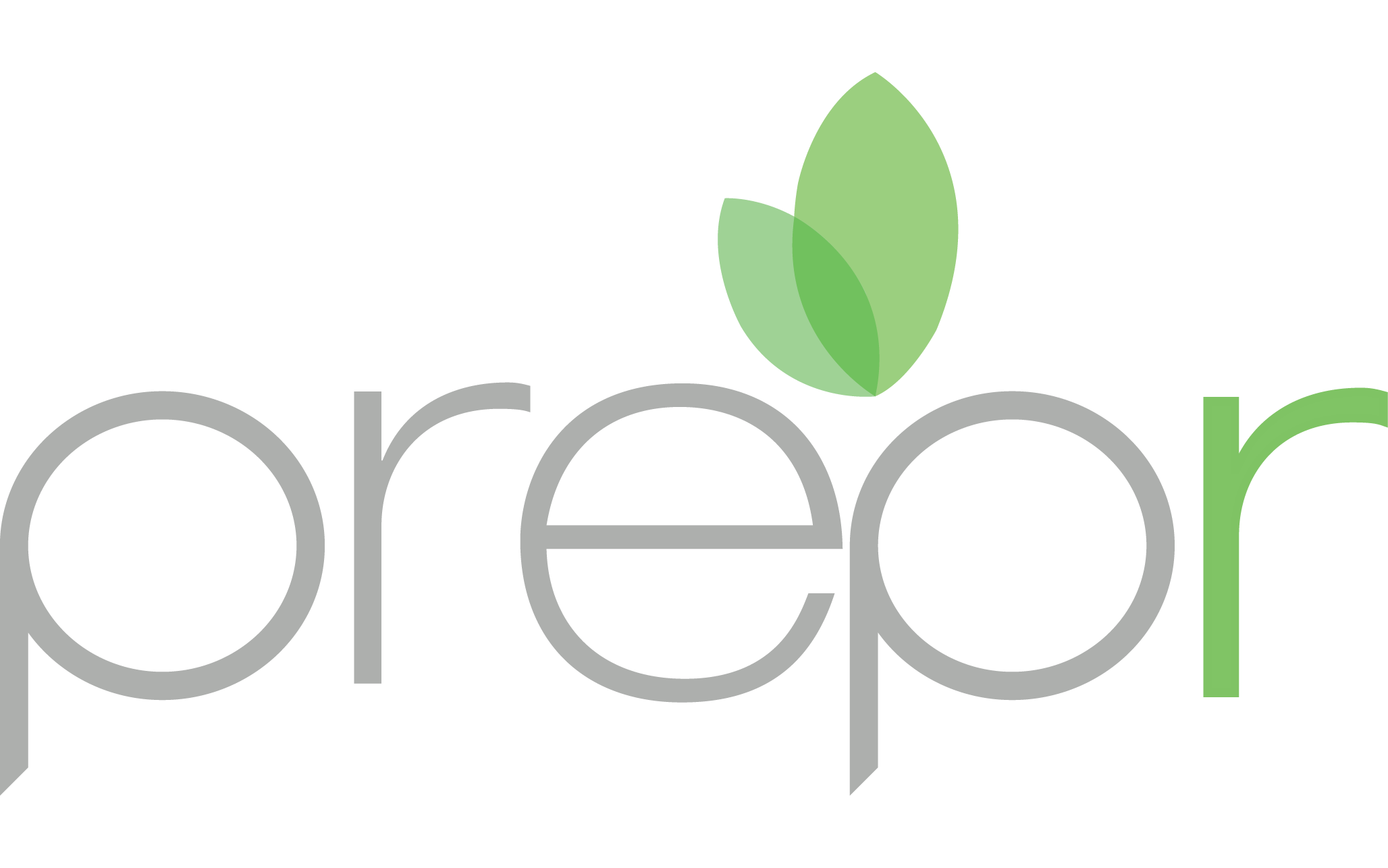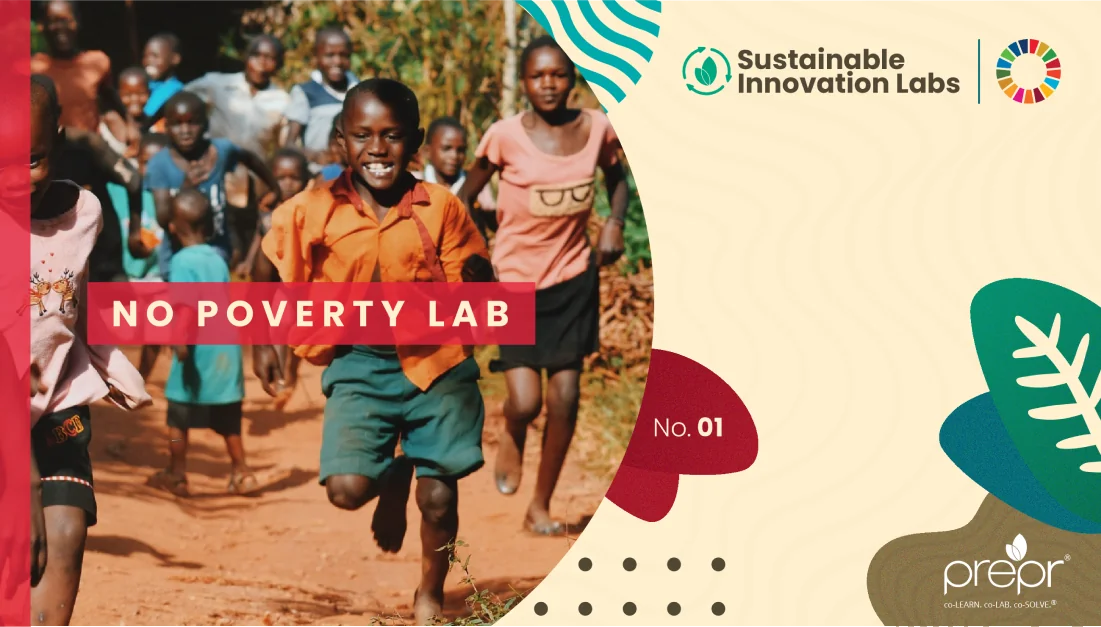No Poverty Lab
While past twenty-five years have seen significant improvements in global living standards, a vast share of the world still lives in various forms of poverty. Besides causing immediate health and humanitarian crises, poverty also establishes chronic socioeconomic issues wherever it emerges, deepening its hold on vulnerable and marginalized populations.
Learn how you can make a difference in these issues by joining the No Poverty Lab, part of Prepr’s Sustainable Innovation Lab series.





